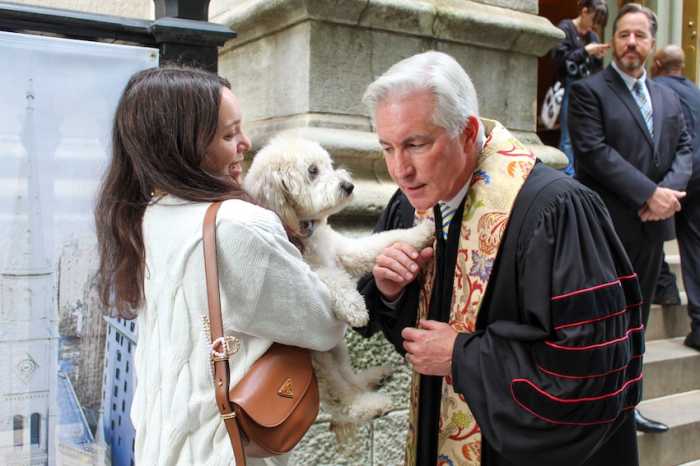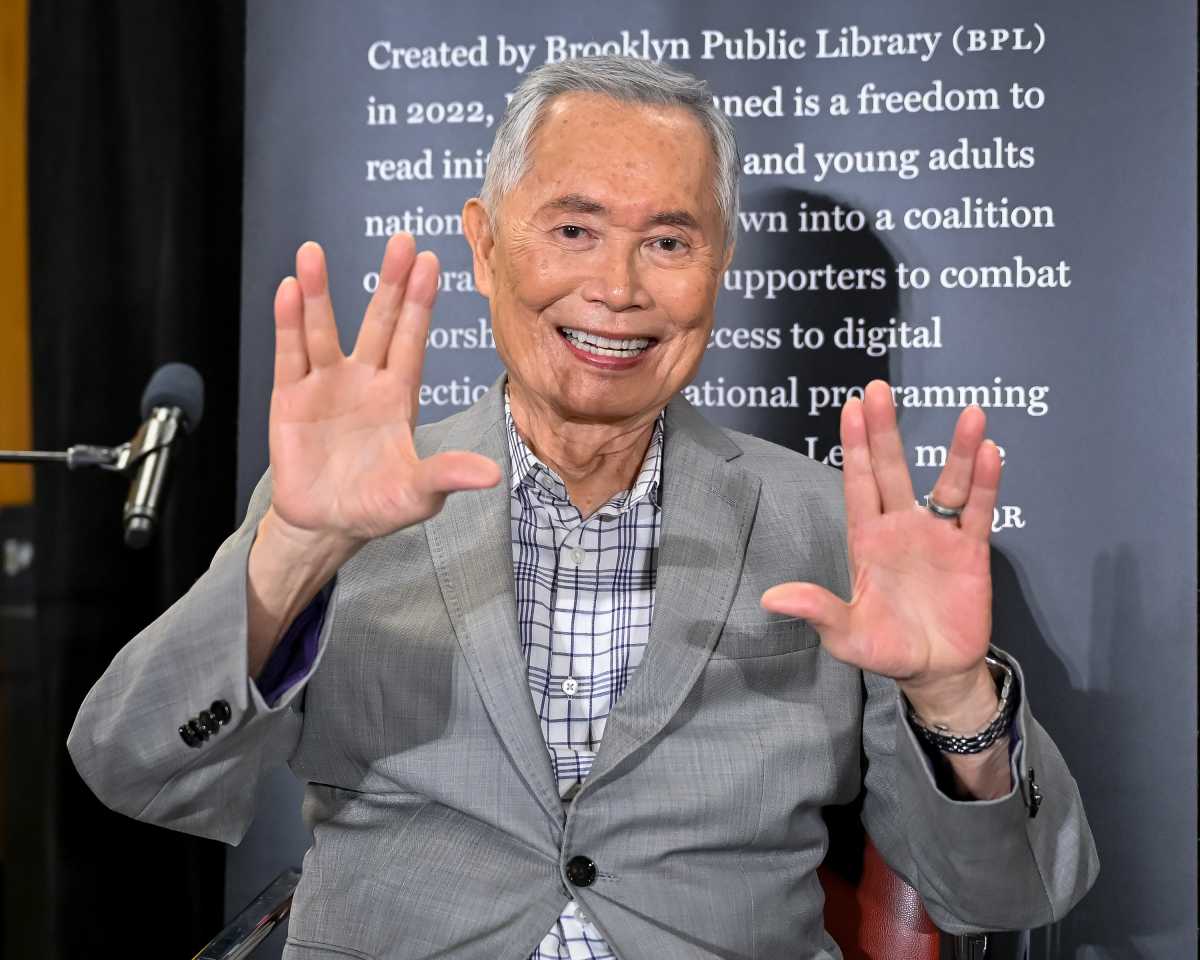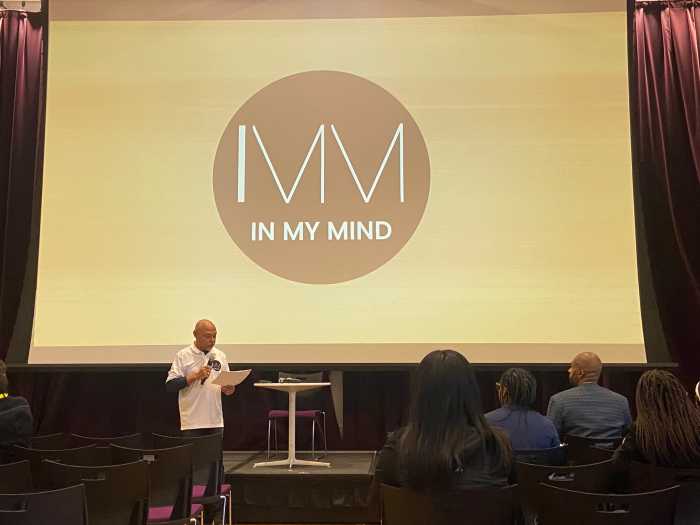By Steven Snyder
I’m Not There
Written by Todd Haynes and Oren Moverman
Directed by Todd Haynes
Showing at Film Forum
209 W. Houston St., at Varick
(212-727-8110; filmforum.org)
As much as some might complain that independent cinema has been co-opted by the corporate big wigs, that the Sundance Film Festival now resembles less an alternative to the mainstream than a snow-covered shopping mall for the major studios, there are still a handful of directors who have been able to push their projects through the studio gauntlet, all while keeping firm hold of their independence and autonomy.
Yet for every brilliant movie like “No Country For Old Men” or “Margot at the Wedding” — works that are utterly fearless in their individuality — recent years have also witnessed a fair number of auteur experiments run amok. In 2005, it was David Cronenberg’s “History of Violence,” which wowed film students with its wild jumps between genres, and its twisting of gender politics, but left others feeling as if the whole thing were a flimsy, ultimately empty experiment. In 2006, it was Darren Aronofsky’s ambitious, century-spanning “The Fountain,” which some decried for being so aggressively edited that its basic story became shattered, lost in a million different pieces.
Todd Haynes’ Bob Dylan biopic “I’m Not There” is the dubious winner of the “Experiment Run Amok” award of 2007 — a movie that is at once groundbreaking in its structure, but confused about the very basics of storytelling. Taken apart, and examined as an assembly line of moving parts, it’s a film comprised of one of the year’s most captivating performances, and an intricate tapestry of themes that aim to evoke the passion, distinctiveness and vitality of Bob Dylan’s epic career.
But considered as a whole, as the comprehensive distilling of a flesh-and-blood human being, “I’m Not There” is a wildly erratic and confusing bit of idolatry.
Instantly the talk of this year’s film festival circuit, “I’m Not There” made headlines almost immediately after its Venice premiere, as critics were taken aback by the half-dozen actors lined up by Haynes to portray Dylan, and wowed most by the roster’s single female: Cate Blanchett. And rightly so — carefully co-opting the singer’s posture, his speech patterns, his nervous ticks and unique mannerisms, Blanchett’s Dylan is an invigorating and intoxicating presence, portraying the time in the singer’s life when he reinvented his sound, embraced the electric guitar and nearly lost himself in a haze of drugs and paranoia. We see during this lengthy chapter an artist poised on the brink of both rediscovery and self-destruction, casting all consideration of critics or audiences aside.
As structured by Haynes (the first filmmaker given full rights by Dylan to adapt his life story and to use the full catalogue of his music), Blanchett’s Dylan, captured precariously in black-and-white during this period of transition, is the best of the six Dylans to take the screen — the one we wish were present for the entirety of “I’m Not There.”
In an earlier segment, against a rural backdrop of lush, vibrant color, we see a young 11-year-old black boy (Marcus Carl Franklin) evoking the spirit of Dylan’s early days, an orphan who hops trains and travels the countryside, playing the music of Woody Guthrie. Moving into the future, a young twentysomething Dylan (this time played by Christian Bale) evolves in his tastes, moving away from mimicking his icons and instead honing his own, distinctive progressive folk style that takes Greenwich Village by storm.
Haynes dissects Dylan’s early fame and his erupting ego, with a sequence involving a young, moody actor (played by Heath Ledger), exploring the ways in which Dylan cut his ties with the protest movement and all but disappeared from the scene. It is here where Blanchett’s lengthy appearance trumpets Dylan’s return and his reinvention, cataloging his increasingly arrogant detachment from the world and his hobnobbing with such celebrities as Jack Kerouac and the Beatles.
Yet her electric performance couldn’t contrast more with a lengthy, bland and misguided final segment that finds Dylan, now portrayed by Richard Gere, living in a rural mountain town that seems lifted straight from the script of a Western. Obviously, it’s a subplot designed to symbolize Dylan’s later retreat from the celebrity spotlight, but in “I’m Not There,” this final 180-degree turn is a dramatic black hole, stopping the story dead in its tracks. Cutting between these various actors, time periods and incarnations, we come to appreciate the way that Dylan recast himself time after time, ambitiously charting his own course even when his fans, politics and love interests pushed him in other directions. We follow Haynes’ line of thinking, and ardent Dylan fans will no doubt notice the director’s many subtle allusions to Dylan’s lyrics, musical styles, movie performances and his status as a pop culture icon.
But what we don’t do is get swept up in it all. No question, Haynes has rewritten the rules of the biopic. But perhaps those rules existed for a reason: using a single actor allows us to bond with a single personality, and employing a chronological structure allows us to orient ourselves somewhere between the past and the future. Events and timelines are so jumbled and scattered in “I’m Not There,” rendered so obscure and obfuscated, that, well, we’re not quite sure where “there” is anymore. We come to appreciate the magic that was — and still is — Bob Dylan, but at the end of Haynes’ homage, we sure don’t feel like we know the man any better.






































